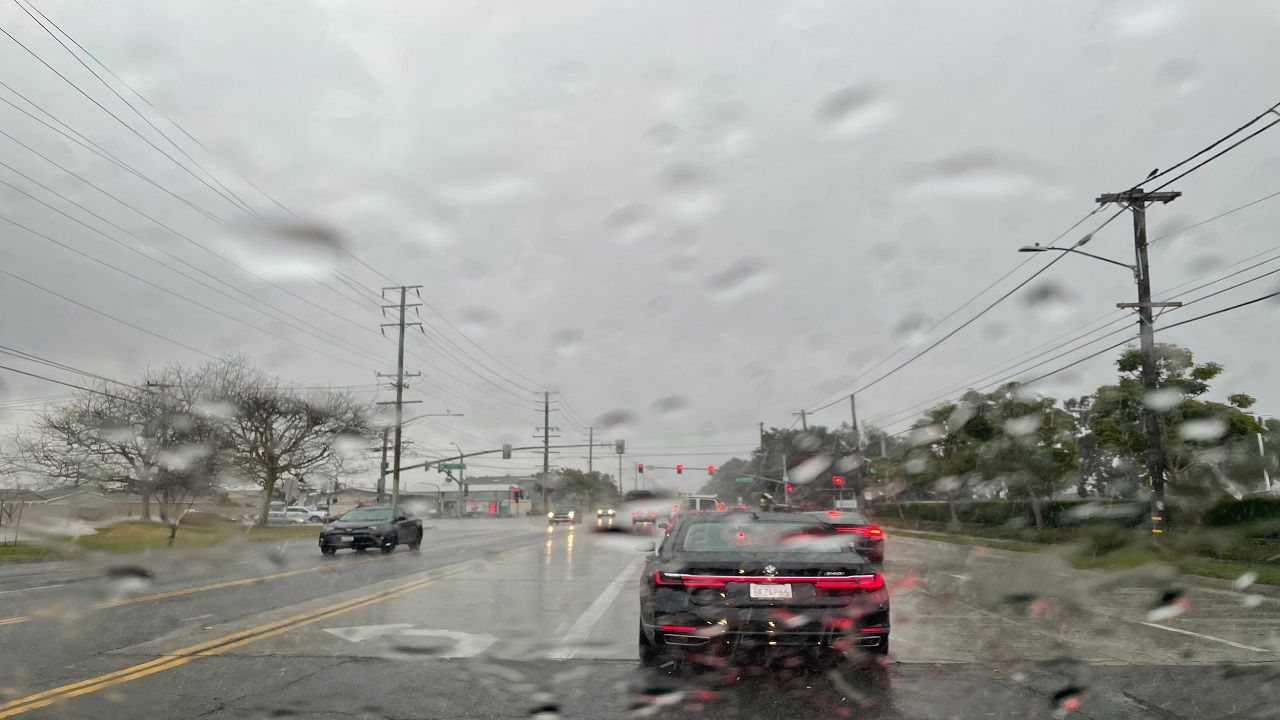December was a very active month for the West Coast, bringing significant rain and snow to drought-stricken California. Donner Pass in North Tahoe had its snowiest December on record with 214 inches of snow recorded.
Was it enough to bust the drought? Let's examine the data.
In Southern California, there were three significant storms: Dec. 14, Dec. 23-24, and Dec. 29-30. Each storm brought plenty of rain, but the last storm of the month packed the biggest punch for Ventura and Los Angeles Counties, where daily record rainfall totals were shattered.
Here's how the stats ended up over the entire month.
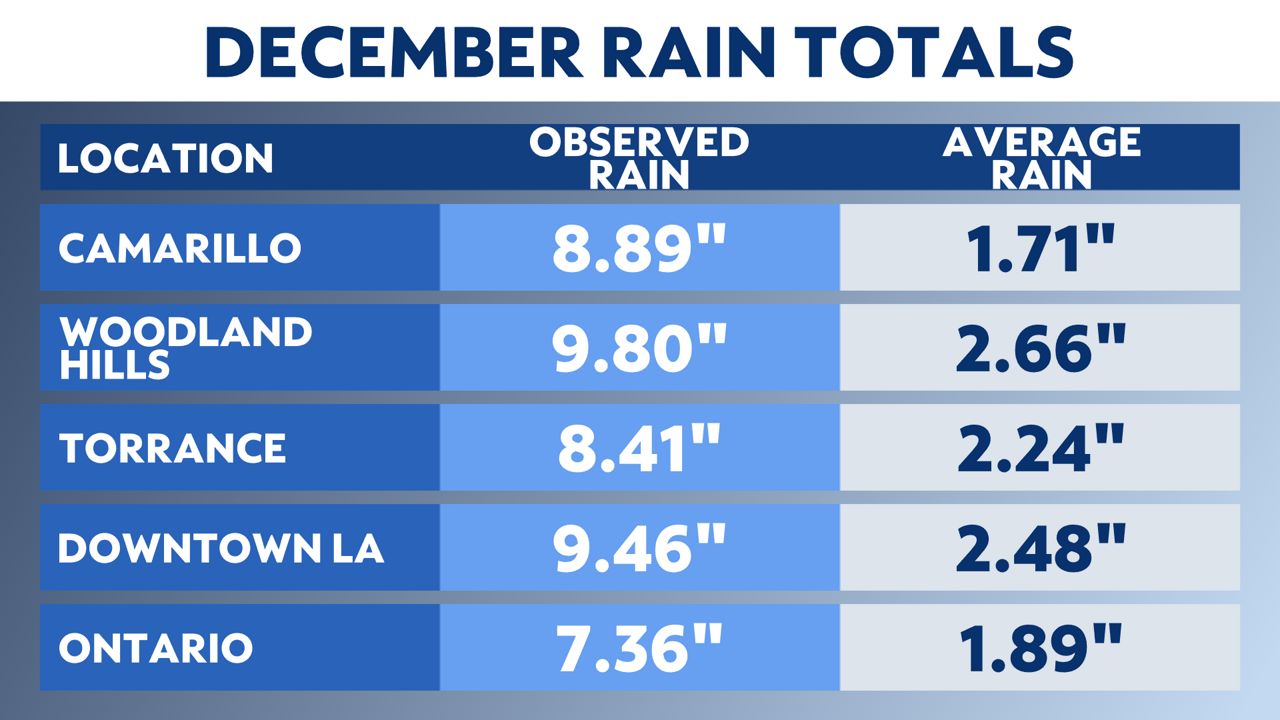
The drought monitor released on Dec. 14 did not take that day's precipitation into account, so it's a good jumping-off point to see how the three storms affected the state's drought picture.
Most of the state was in extreme or exceptional drought, in desperate need of storms.
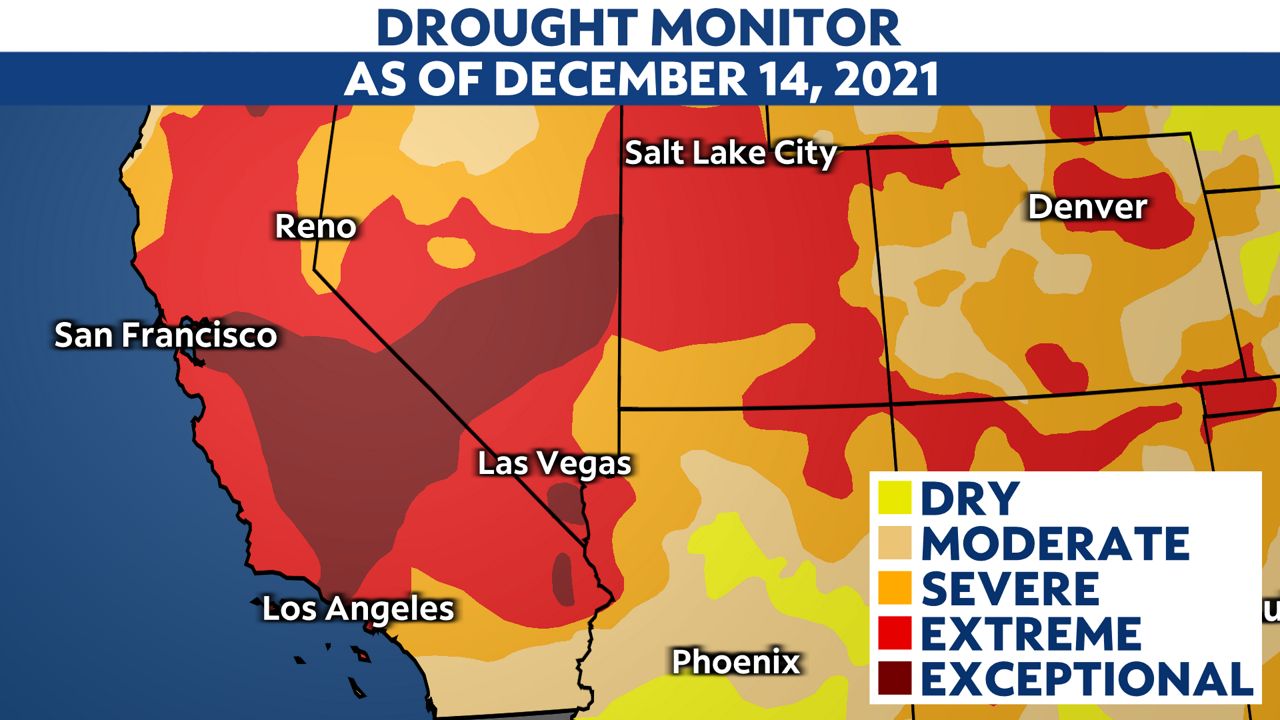
The latest drought monitor reveals a vast improvement, with most of the state now in moderate to severe drought.
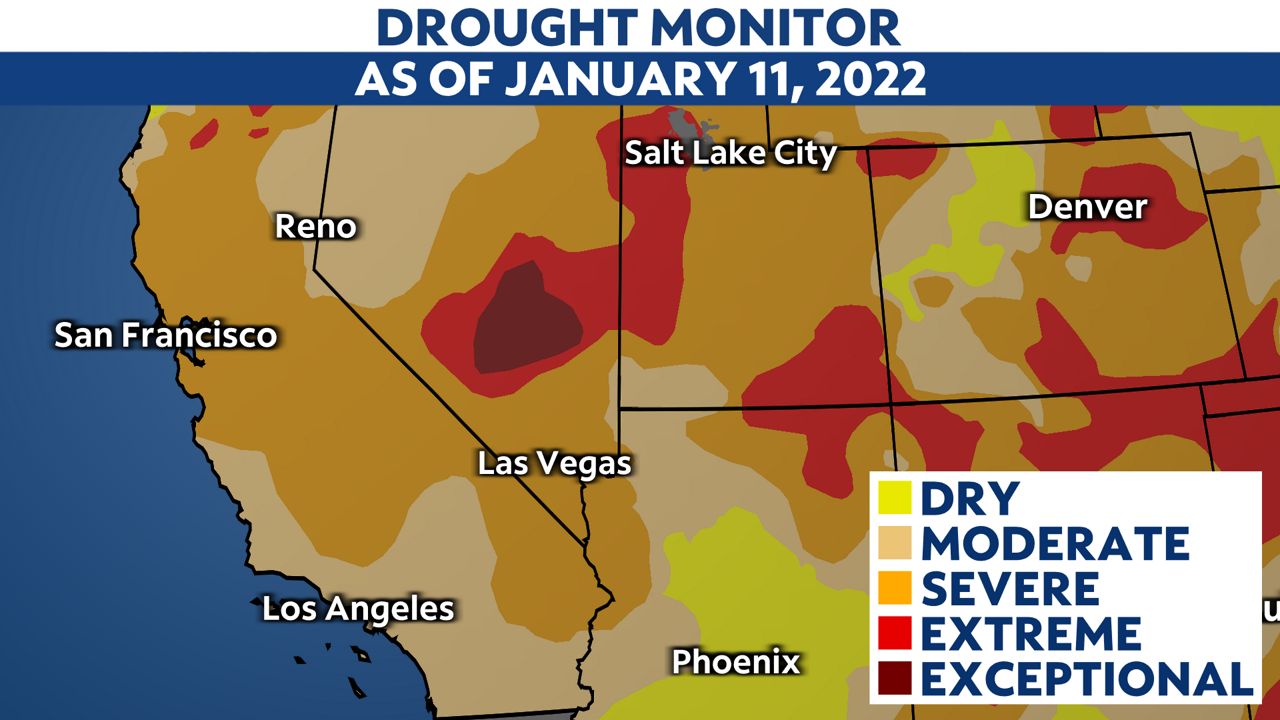
Although this is a great improvement, the drought is far from over. On average, California still needs a full season's worth of rain and snow to bring the state back to balance.
Unfortunately, the storm track has shifted north and California has yet to receive a significant storm in January. The outlook isn't good either.
The Climate Prediction Center predicts most of the state will end up with below-average precipitation through the next ten days and beyond.
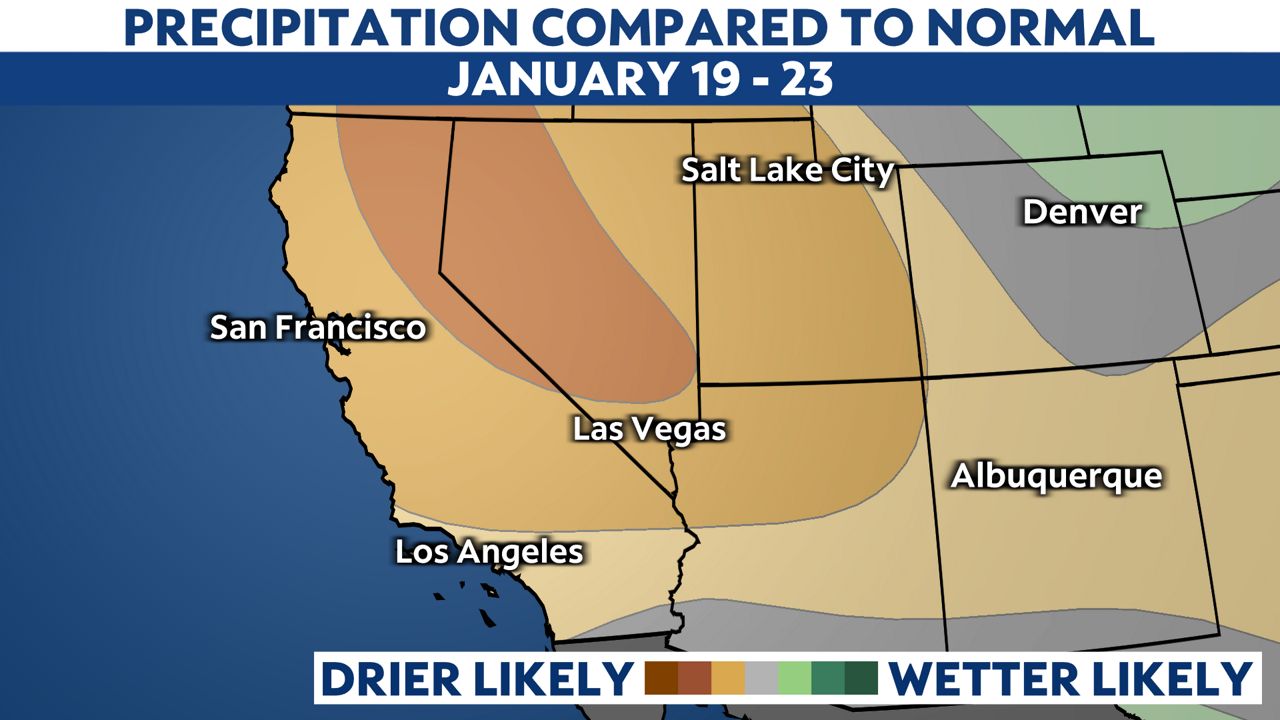
The monthly outlook is also trending drier than average.
A January dry spell in California is not unprecedented and it doesn't mean we are doomed the rest of the winter.
In fact, since 1950 there has been an average dry period of 19 days in December and January in the San Francisco region. That means on average, 19 days between storms!
So don't fret just yet. There is plenty of time still left in winter. Although January is looking dry, that may change come February and March.



